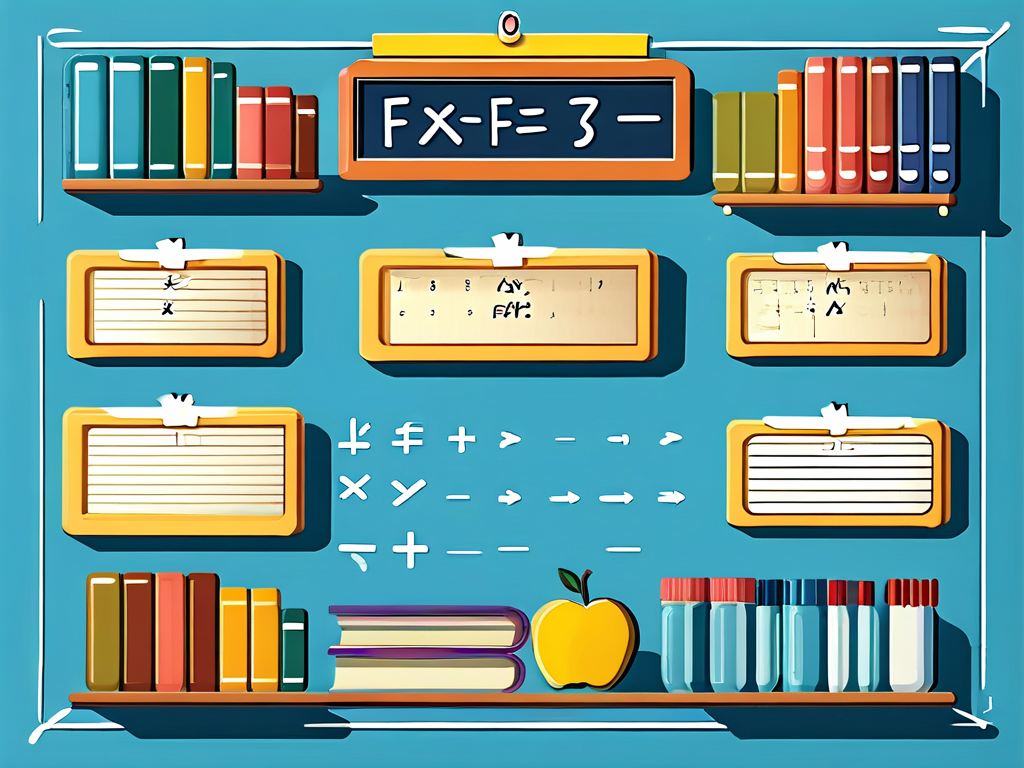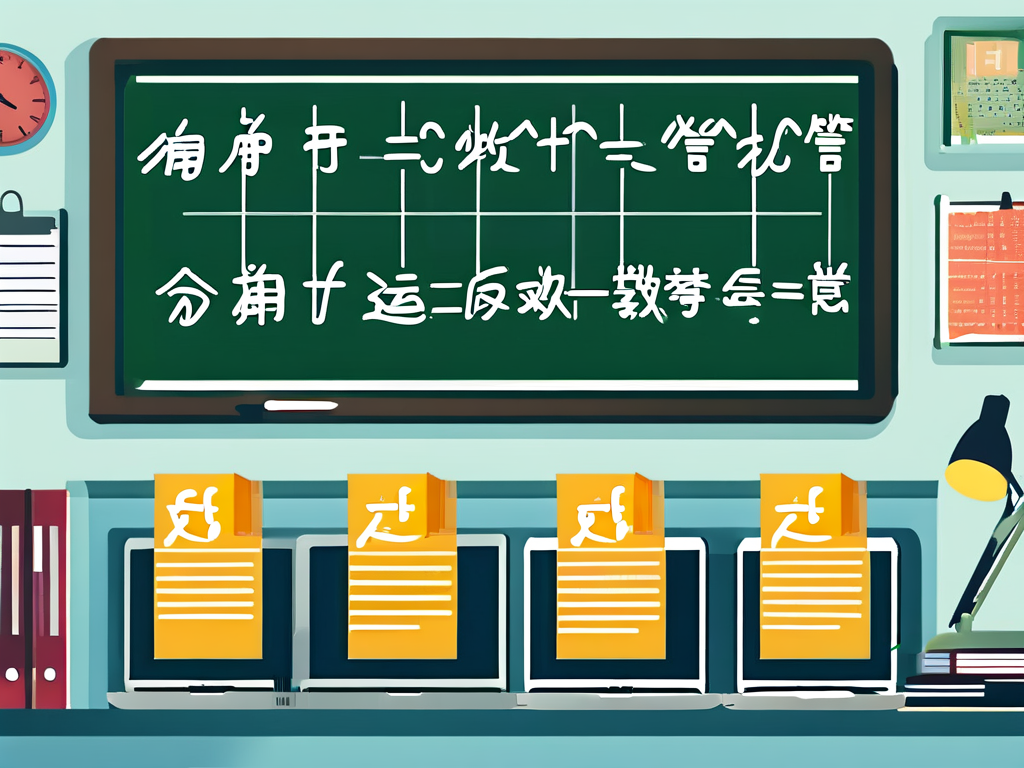Preparing for teacher certification exams often requires a solid grasp of mathematical fundamentals, particularly function operations. These rules form the backbone of algebra and calculus problems frequently tested in standardized exams. Understanding them not only helps candidates solve problems efficiently but also builds confidence in tackling advanced topics. Below, we explore the most commonly tested function operation rules and their practical applications in exam scenarios.
Core Principles of Function Operations
At the heart of function operations lie four primary rules: addition, subtraction, multiplication, and division. For two functions ( f(x) ) and ( g(x) ), these operations are defined as follows:
- Addition: ( (f + g)(x) = f(x) + g(x) )
- Subtraction: ( (f - g)(x) = f(x) - g(x) )
- Multiplication: ( (f \cdot g)(x) = f(x) \cdot g(x) )
- Division: ( \left(\frac{f}{g}\right)(x) = \frac{f(x)}{g(x)} ), where ( g(x) \neq 0 )
These operations require careful attention to domains. For instance, division necessitates excluding values of ( x ) that make the denominator zero. A common exam pitfall involves overlooking domain restrictions, leading to incorrect solutions.
Composition of Functions
Function composition, denoted as ( (f \circ g)(x) = f(g(x)) ), is another critical concept. This operation involves substituting one function into another. For example, if ( f(x) = 2x + 3 ) and ( g(x) = x^2 ), then ( f(g(x)) = 2x^2 + 3 ). Mastery of composition is vital for solving nested equations and inverse function problems.

To avoid errors, always evaluate the inner function first. Misordering the functions—such as confusing ( f(g(x)) ) with ( g(f(x)) )—is a frequent mistake in timed exams. Practicing with varied examples sharpens this skill.
Inverse Functions and Their Properties
An inverse function ( f^{-1}(x) ) reverses the original function’s mapping. To qualify for an inverse, a function must be bijective (both injective and surjective). The key property linking a function and its inverse is:
[ f(f^{-1}(x)) = x \quad \text{and} \quad f^{-1}(f(x)) = x ]
Finding inverses often involves solving equations stepwise. For instance, to determine ( f^{-1}(x) ) for ( f(x) = 4x - 7 ):
- Set ( y = 4x - 7 ).
- Solve for ( x ): ( x = \frac{y + 7}{4} ).
- Rewrite as ( f^{-1}(x) = \frac{x + 7}{4} ).
This process underscores the importance of algebraic manipulation skills in certification exams.
Derivatives and Integral Applications
While not always explicitly labeled as "function operations," differentiation and integration rely heavily on operational rules. The power rule, product rule, and chain rule govern derivatives, while integrals depend on recognizing antiderivatives. For example:
- Product Rule: ( \frac{d}{dx}[f(x)g(x)] = f'(x)g(x) + f(x)g'(x) )
- Chain Rule: ( \frac{d}{dx}[f(g(x))] = f'(g(x)) \cdot g'(x) )
These principles frequently appear in optimization and area-calculation problems. Exam candidates should practice applying these rules to piecewise and polynomial functions.

Avoiding Common Mistakes
Time pressure often leads to oversights. Key strategies include:
- Domain Checks: Always verify permissible ( x )-values for division or square root operations.
- Order of Operations: Double-check compositions and nested calculations.
- Simplification: Reduce expressions fully to avoid carrying forward errors.
For instance, simplifying ( \frac{(x^2 - 9)}{(x - 3)} ) to ( x + 3 ) (for ( x \neq 3 )) streamlines subsequent calculations.
Practical Exam Tips
- Memorize Core Formulas: Quick recall of operation definitions saves time.
- Use Substitution: Break complex problems into smaller steps using temporary variables.
- Leverage Symmetry: Recognize patterns like even/odd functions to simplify analysis.
Mock exams and timed drills are invaluable for refining these techniques. Focus on high-frequency topics such as quadratic functions, exponentials, and logarithms, which often serve as operation bases in test questions.
Function operation rules are indispensable for success in teacher certification exams. By internalizing these principles—through deliberate practice and error analysis—candidates can approach mathematical problems with precision and confidence. Remember, fluency in these basics not only aids in passing exams but also lays a foundation for effective classroom instruction.








